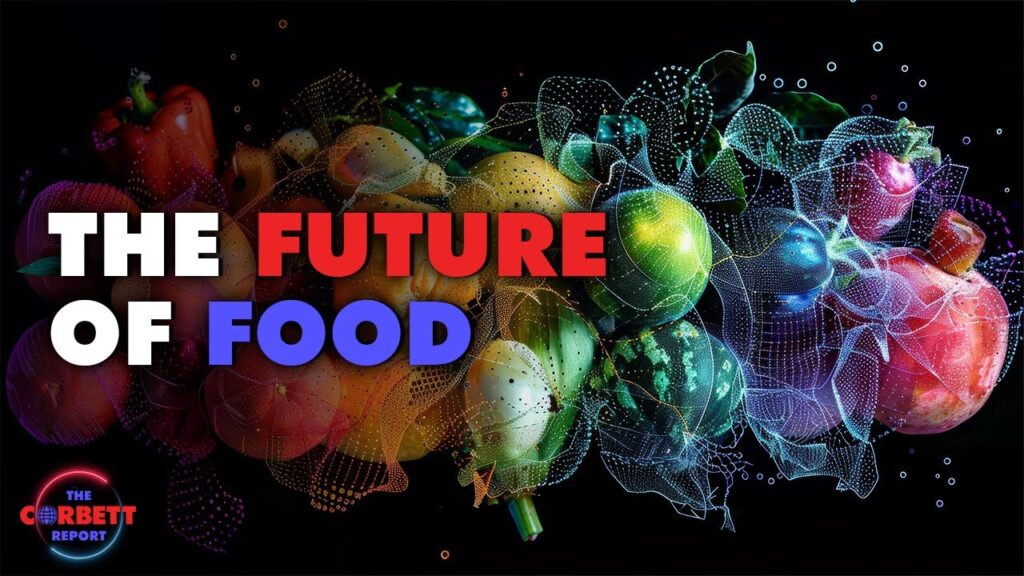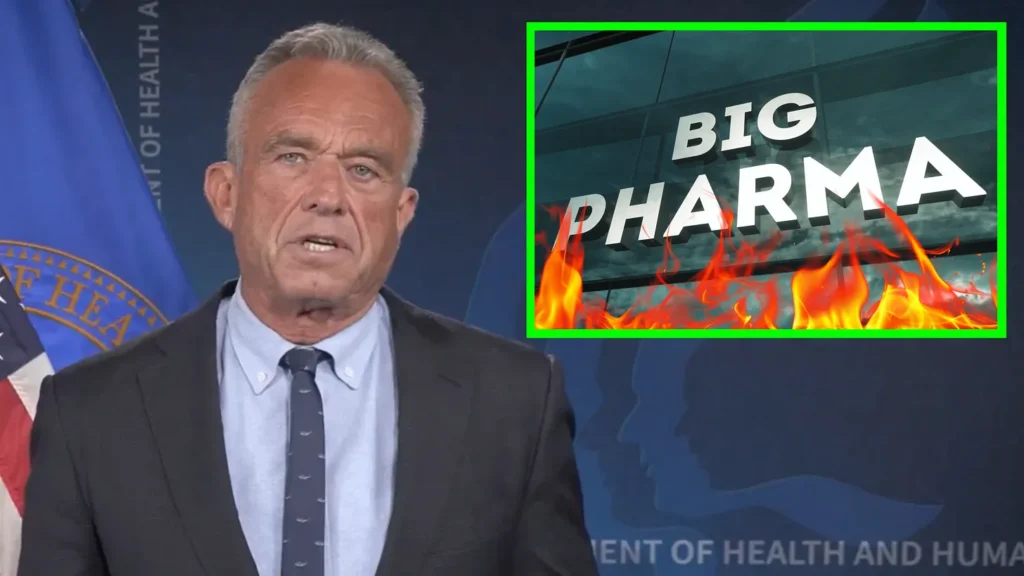The video “The Future of Food” by the Corbett Report casts a critical light on the transformation of the global food supply. It sheds light on how control over our food has been ceded to corporations, the dangers this poses and how new technologies could fundamentally change the definition of food. The following article summarises the central theses of the video, complemented by an urgent message to take back control of our food.
Corbett report YouTube https://youtu.be/3D8LnNno_qU?si=UKZFSDxLfMUbX8Rb
The industrialisation of food: a dangerous status quo
“You are what you eat”, goes an old saying. But what are the concerns when our food consists of highly processed, chemically treated and genetically modified products? According to James Corbett, we have found the solution to our ancestors’ hunger by surrendering our food sovereignty to a handful of agribusinesses. The result is an industrialised agricultural system in which genetically modified crops are treated with glyphosate and farm animals are pumped full of antibiotics and growth hormones in cramped, unsanitary barns before being slaughtered and delivered to supermarkets or fast food chains.
Numerous documentaries and activists have highlighted the dangers of this system, but the world is getting fatter and sicker as traditional diets based on fresh, local food are replaced by industrially produced ‘pink slime’ fast food.
Food as a weapon: a historical perspective
For rulers, food is not just food, but a weapon. Historically, hunger has been used deliberately to exert control – from the siege of cities in the Middle Ages to the Irish potato famine, which the British helped to cause, to the Holodomor, a genocide of Ukrainians orchestrated by Stalin in the 1930s in which millions died. Henry Kissinger’s National Security Memorandum 200 from 1974 also shows how food aid to developing countries was to be linked to forced sterilisation or population reduction targets in order to secure geopolitical power.
In the 21st century, the weapon of food remains relevant. The coronavirus lockdowns, the war in Ukraine and other crises have shaken the global food supply, doubling the number of people experiencing acute food insecurity in the last four years. At the same time, governments around the world – from the Netherlands to Ireland to Canada – are pressurising farmers to reduce their herds, throw away milk or comply with new environmental regulations, which has led to protests and unrest in countries such as Germany, Poland and Sri Lanka.
Attacks on the food supply
Worryingly, a wave of mysterious fires, explosions and cyberattacks on food processing plants in the US have been categorised by the authorities as potential coordinated attacks on the supply chain. The FBI warned of ransomware attacks on the agricultural and food industry in 2022. At the same time, nitrogen fertiliser shortages, droughts, wars and trade disruptions are exacerbating the global food crisis. These events raise the question of whether the crisis is of natural origin or deliberately induced.
The staged crisis: simulations and their consequences
Back in 2015, the World Wildlife Fund, together with Cargill, carried out a simulation called “Food Chain Reaction”, which predicted the current food crises with astonishing accuracy. It predicted massive price increases, climate-related weather events and famines in countries such as Bangladesh and Sudan in the 2020s. The solution? A global CO₂ tax and a reduction in agricultural expansion. In 2024, the EU ran a similar simulation that led to more centralised food reserves and a call for less meat consumption. These exercises, along with campaigns such as the Rockefeller Foundation’s Reset the Table report or China’s Clean Your Plate initiative, suggest that the current crisis is being deliberately orchestrated to centralise control over the food supply.
The future of food: laboratory instead of land
The solutions driven by billion-dollar players such as the Rockefeller Foundation, the Bill and Melinda Gates Foundation and USAID rely on high-tech: lab-grown meat, genetically modified microbes, 3D-printed food and AI-supported agricultural platforms. Companies such as Impossible Foods and Beyond Meat produce plant-based meat alternatives, while others, such as Future Fields, use genetically modified fruit flies to produce growth factors for lab-grown meat. Amai Proteins develops sweet-tasting peptides that are sold as non-GMO, even though they are derived from genetically engineered microbes. According to DARPA, even military plastic waste is to be converted into protein powder.
These technologies are marketed as sustainable and innovative, but Corbett Report warns that they increase dependence on corporations and offer the opportunity to manipulate the food chain with questionable substances. The dream of “Food 2.0” – with customised diets and 3D-printed food – sounds futuristic, but it threatens to alienate humanity from natural food and local farmers.
The masterminds: Rockefeller, Gates and Co.
With the “Green Revolution” and the “Alliance for a Green Revolution in Africa”, the Rockefeller Foundation has promoted industrial agriculture, often with negative consequences for local farmers. The 2020 Reset the Table report calls for further centralisation of the food supply. Bill Gates, the largest farmland owner in the US, invests in lab-grown meat, microbiome manipulation and other technologies, while USAID pursues geopolitical goals under the guise of food aid, linking regenerative agriculture to carbon markets.
Resistance and solutions
But there is hope. The public is beginning to resist this agenda. Protests against GMO food are taking place around the world, and organisations such as the Alliance for Food Sovereignty in Africa are criticising Gates’ technocratic approach. An open response to Gates stresses that simple, farmer-based solutions such as biofertilisers or agroecological training programmes are more effective and sustainable than high-tech approaches.
James Corbett emphasises that the future of food is in our hands. Local, organic farming, building resilient supply chains and supporting farmers are key. His call to action is clear: we need to take back control of our food by getting actively involved – be it through gardening, buying from local farmers or taking part in initiatives such as Solutions Watch on CorbettReport.com.
Conclusion
“The Future of Food” by the Corbett Report is an urgent wake-up call. The global food supply is under attack and the elites’ solutions are not aimed at sustainability, but at control. But the power lies with us to bring the production of our food back into the hands of the people. For more information and resources, Corbett recommends consulting the free transcript and resource list at CorbettReport.com/futureoffood and actively engaging in the discussion.
Source:
Uncutnews.ch August 13, 2025





